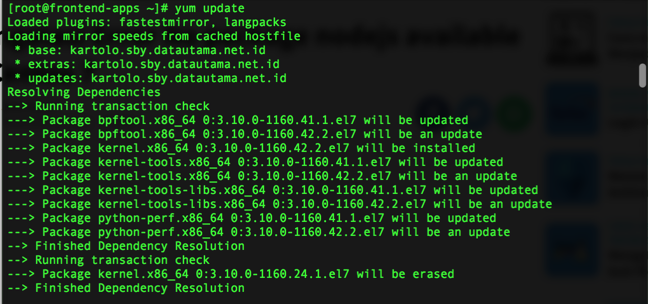

To do so, you should grab the source code from the project's website. One way of acquiring Node.js is to obtain the source code and compile it yourself. To verify the installed version you can do. sudo yum install epel-releaseĪfter that you can just install node.js from yum. To get access to the repo you must first install the epel-release by. The corresponding result shall be: ~]# nvm alias default v6.3.1Īn alternative method of installing node.js is from the Epel Repository that is available for CentOS and other linux distro's. To set a version as default you can execute. You can see which versions you have installed by typing: nvm list To install another version, type the above commands again with a differnet version at the end. You can install a version by typing nvm install and the version you need, for example. Then we run nvm to get a list of node version available for installation.

This will install nvm version 0.13.1 but we will need to use first our bash_profile to use nvm. NVM or Node Version Manager is a piece of software that allows you to install and maintain many different independent versions of node.js and their associated node packages.īefore we can install node.js on our machine we need to download and install NVM from GitHub. Once all is ready we can now start install node.js on our server. To install node.js we will need the following: Node.js uses an event-driven, non-blocking I/O model that makes it lightweight and efficient, perfect for data-intensive real-time applications that run across distributed devices. Node.js is a platform built on Chrome's JavaScript runtime for easily building fast and scalable network applications.


 0 kommentar(er)
0 kommentar(er)
